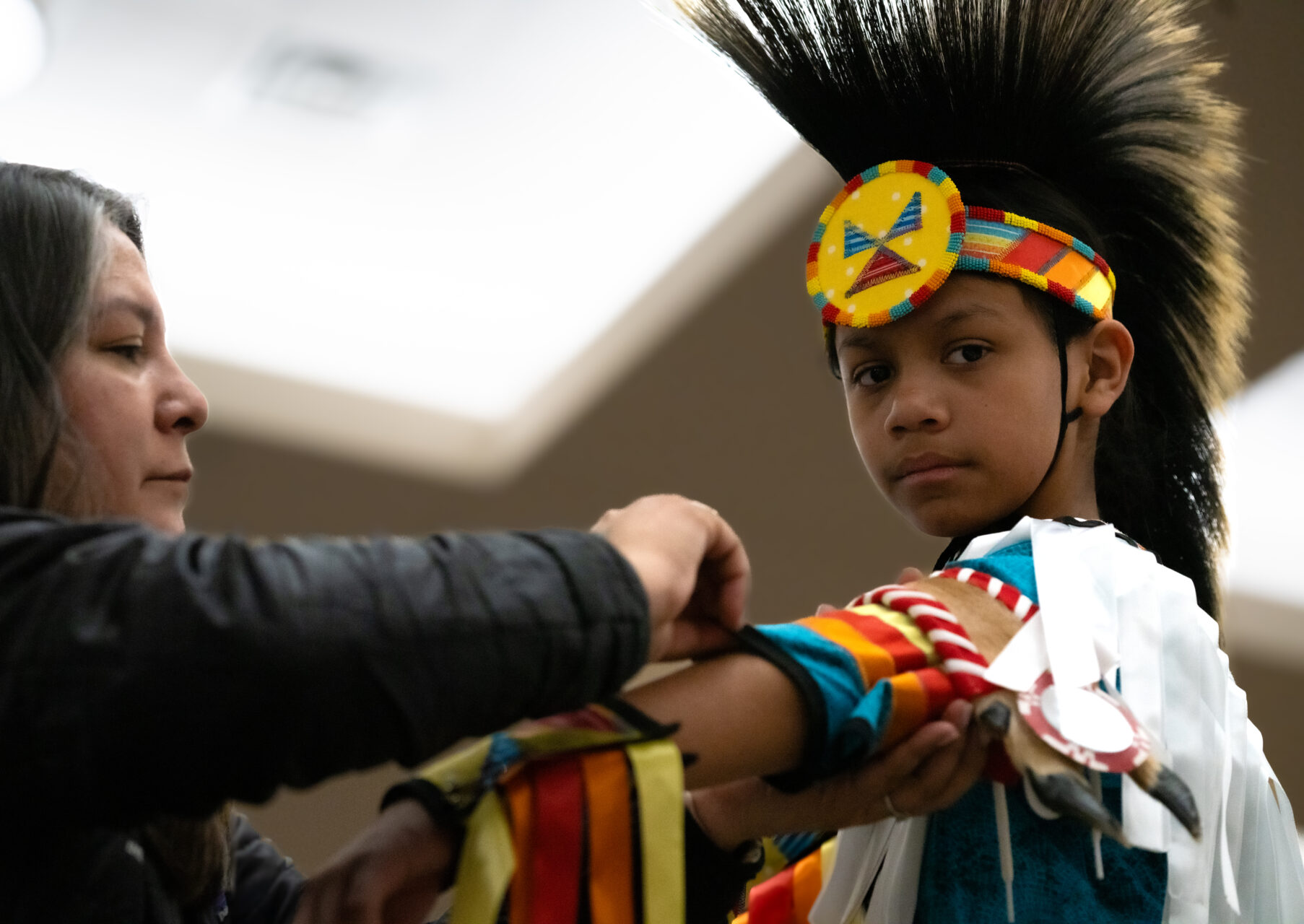
The BYU Multicultural Student Services hosted the 43rd Annual Harold A. Cedartree Memorial Pow Wow from March 22-23, giving multiple Native American tribes the opportunity to gather, share and celebrate their culture with each other.
Native American BYU students and event participants shared how powwows have impacted them personally, religiously and culturally.
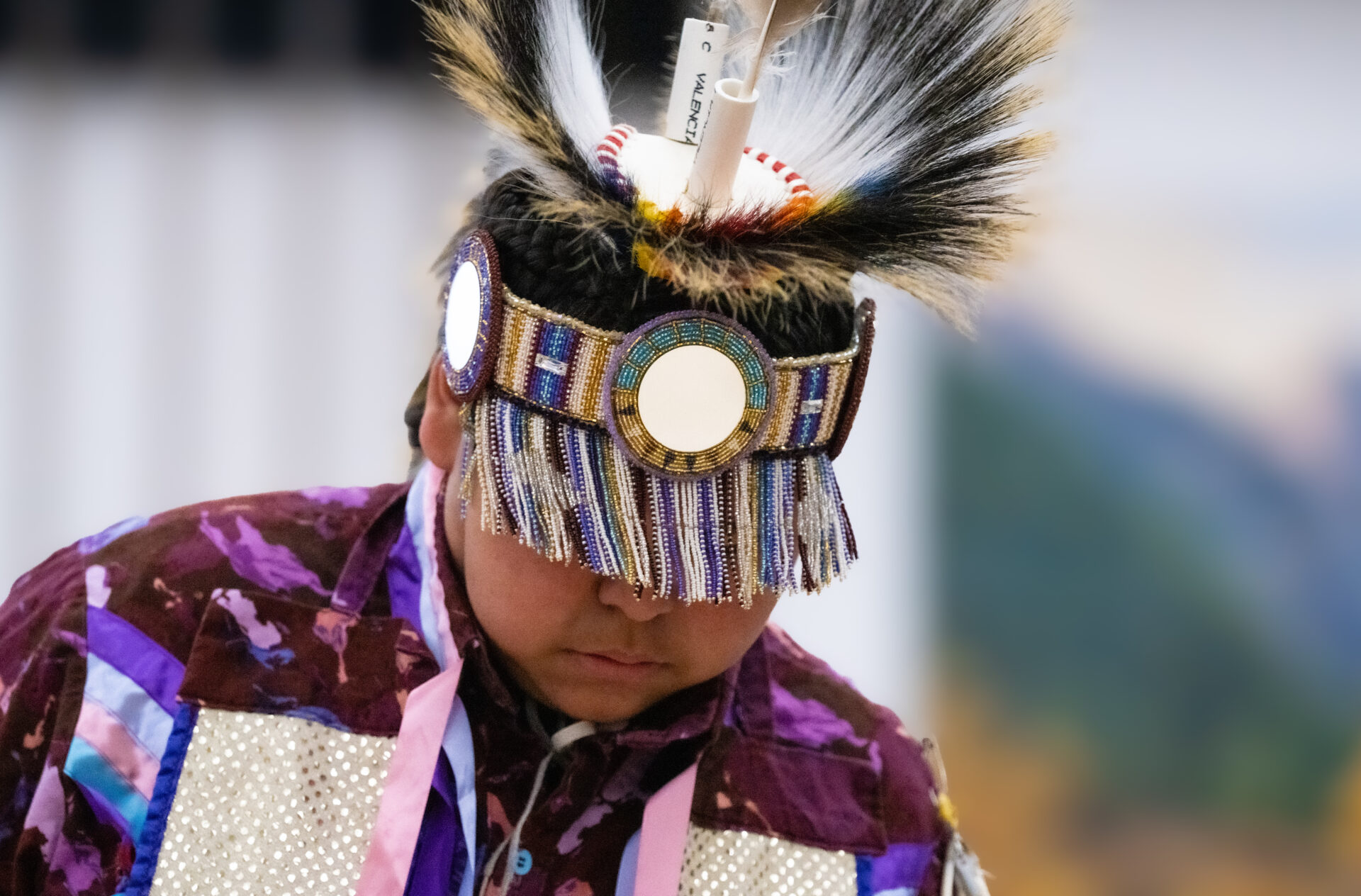
Savanna Silversmith is a Navajo BYU student majoring in psychology with a minor in American Indian studies. Silversmith said she didn’t always feel as close to her Navajo culture until she came to BYU.
“It was when I came to college that just being in this space motivated me to learn about my culture and identity, so that I can help other people, other Native people like me, in hard spaces,” Silversmith said.
In her process of learning about her culture, Silversmith participated in BYU Living Legends, became Miss Indian and was designated as Head Lady of this year’s powwow.
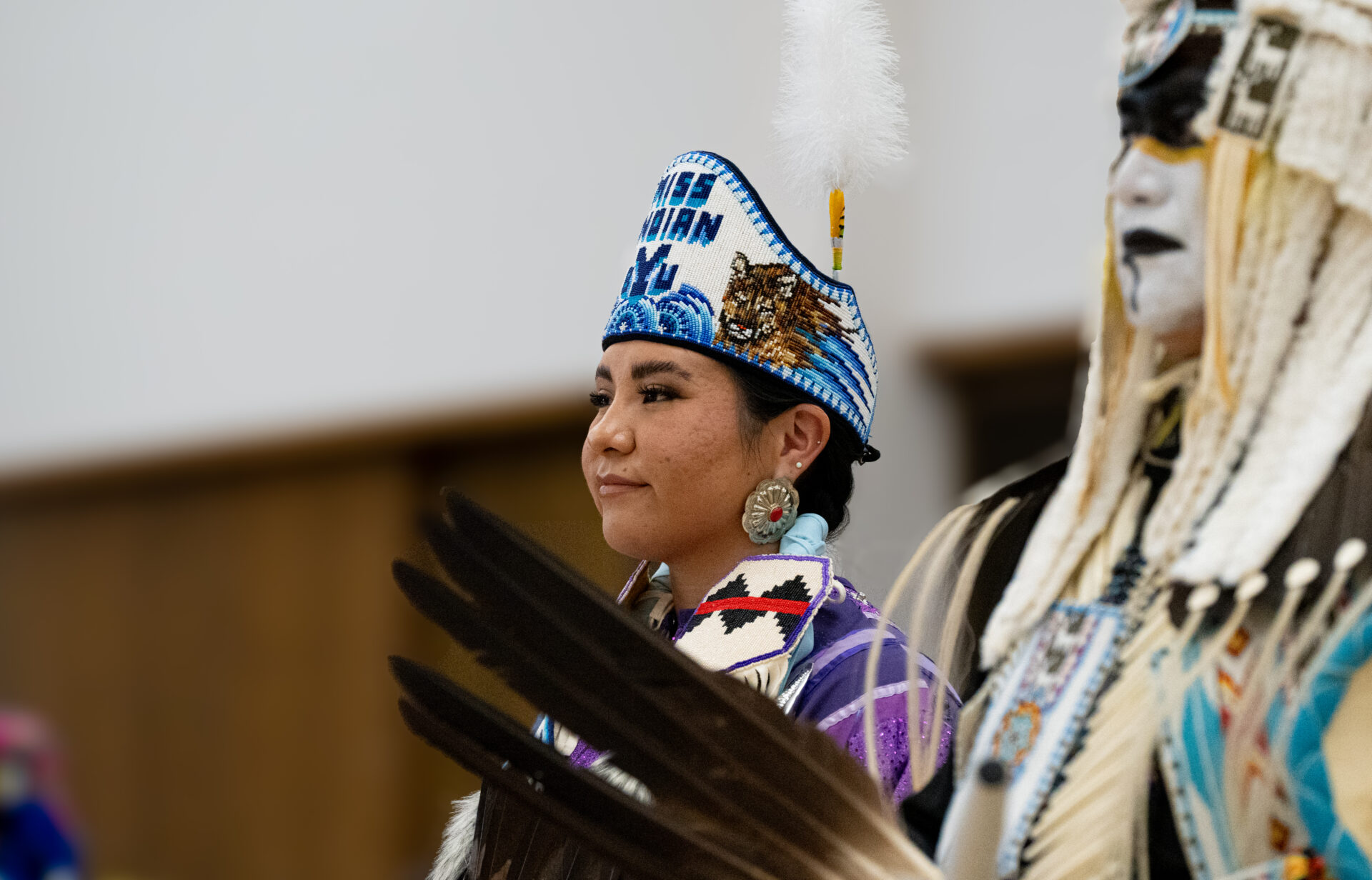
Navajo Naakaii Tsosie is studying for a PhD in chemical engineering. He said powwows are a place of healing where they bring friends gifts.
“It’s more than a culture. It’s who we are,” he said. “It’s all about being able to give. Even if you don’t receive … the receiving is not important.”
He said he and his wife have been bringing their daughter to powwows before she could walk or stand, holding onto her as she “bounced along to the drum.” This year, they made a dress for her, and she was super excited to go.
Tsosie said all the regalia they wear is either traded, given or made by themselves. Each piece has a meaning, based on inherited traditions of beading and preparing clothing.
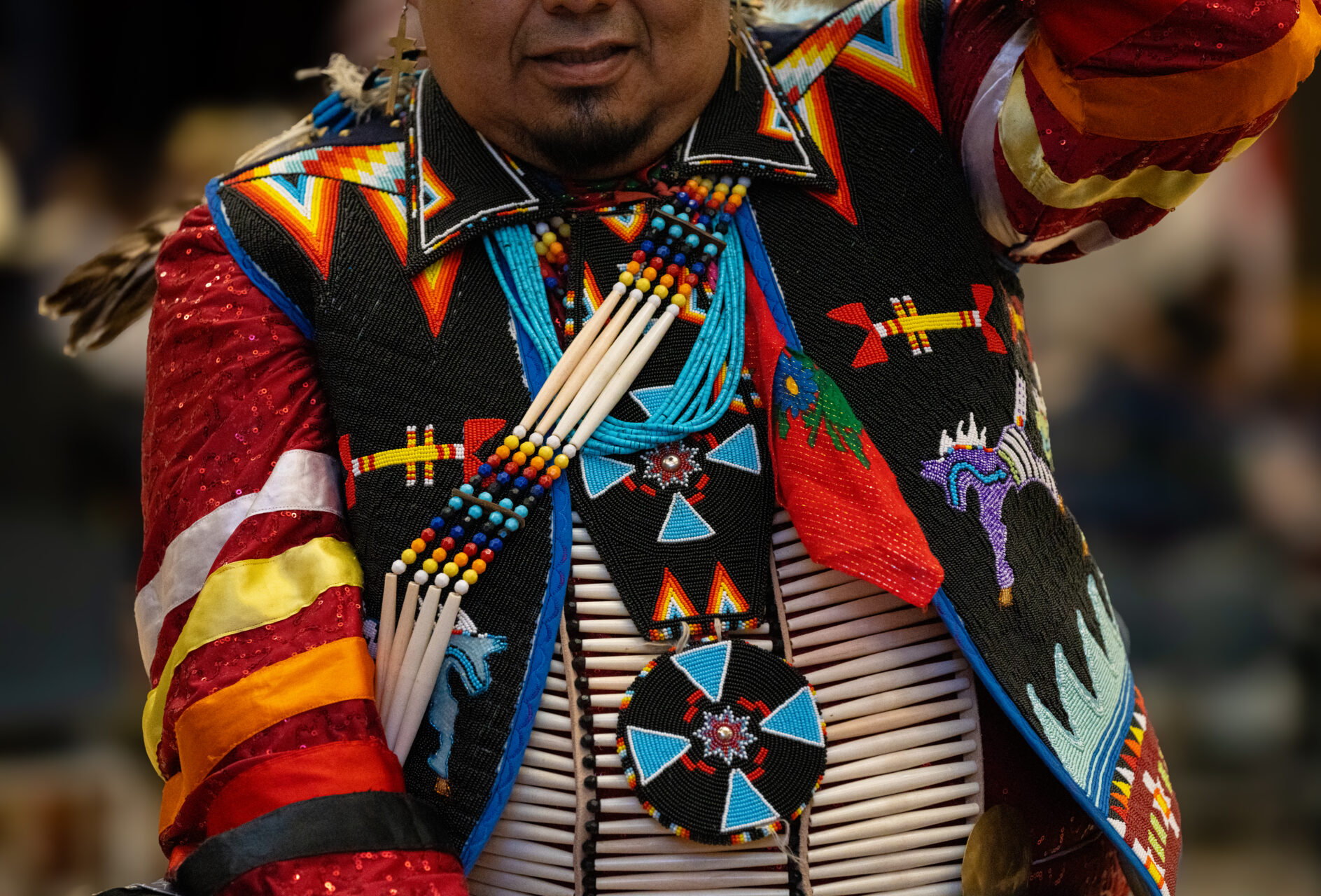
Head Man Brandon Mansfield is part of the Yakima tribe and said it’s important to recognize the significance of the regalia and the countless hours of work that go into their creation.
As Head Man, Mansfield said he sees his role as a blessing from Heavenly Father. He said his roles as a member of The Church of Jesus Christ of Latter-day Saints and a Native have been important.
“I learned while I can be a member of the Church and hold my identity as a Native American growing up, and I think sometimes there’s something that’s a little scary for some Natives that if you embrace one, you have to not embrace the other. And I’ve learned that’s not true,” he said.
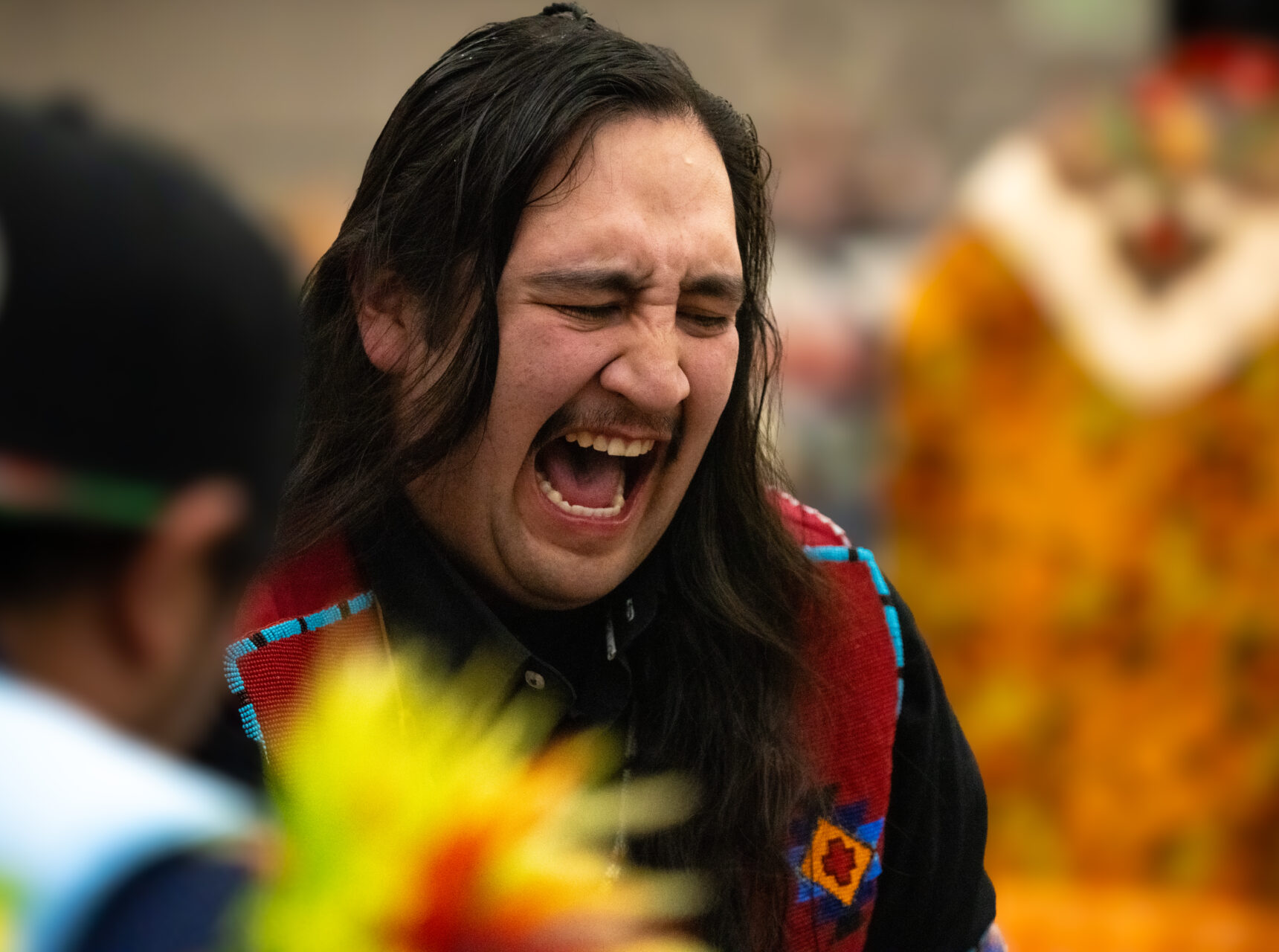
To those who don’t feel close to their culture, Silversmith said to be patient.
“It takes time to reconnect and to feel like you’re making an impact in your own life and in the lives of others, but just to be patient and to be humble and really willing to acknowledge that if you don’t know, that it’s okay to ask, … learn … (and) take your time,” she said.




